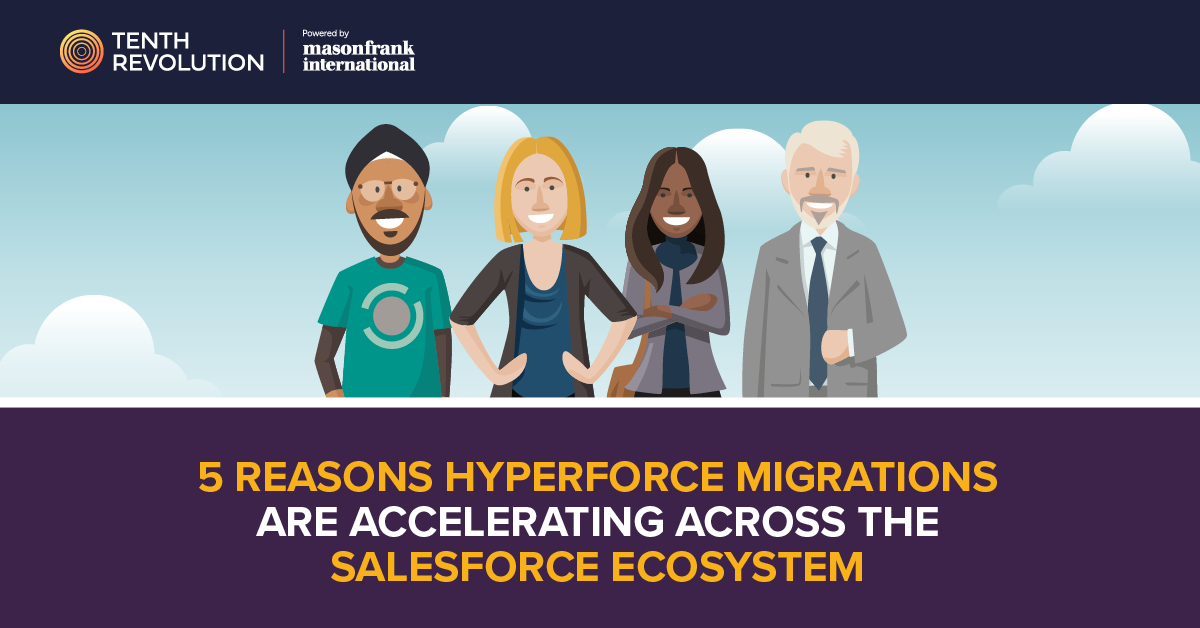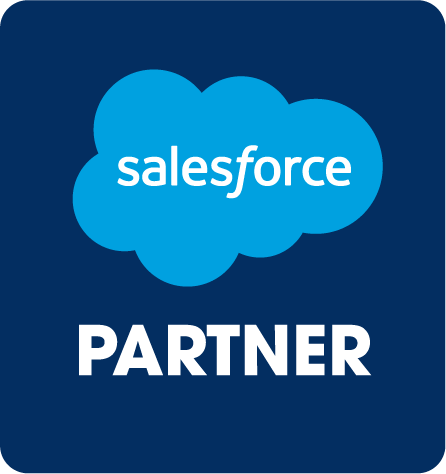
Salesforce Hyperforce is becoming a strategic priority for global enterprises as organizations look to strengthen data control, performance, and compliance across regions.
Built to bring the full Salesforce platform to major public clouds, Hyperforce allows customers to run Salesforce applications in their preferred regions with improved security, scalability, and compliance. For many enterprises, migrating to Hyperforce is no longer a question of if but when.
Here are five key reasons Hyperforce migrations are accelerating and what that means for hiring and strategy.
1. Meeting data residency and compliance requirements
Data privacy regulations are expanding globally. From GDPR in Europe to evolving frameworks in APAC and the Americas, organizations must ensure that customer information is stored and processed according to local laws.
Hyperforce gives enterprises the flexibility to host Salesforce data within specific geographic regions, satisfying residency requirements without sacrificing functionality. This makes compliance simpler for global businesses operating across multiple jurisdictions.
As these mandates tighten, data compliance experts and Salesforce architects with regulatory knowledge are becoming essential hires for large-scale Salesforce programs.
2. Strengthening security with modern cloud infrastructure
Hyperforce brings Salesforce onto trusted public cloud infrastructure, allowing organizations to leverage advanced encryption, monitoring, and access control capabilities.
Migrating to Hyperforce helps enterprises align Salesforce environments with their broader cloud security frameworks, integrating with existing identity management and governance systems.
This modernization is driving new demand for professionals with expertise in Salesforce Security and Access Management, DevOps, and Cloud Infrastructure Governance.
Mason Frank helps businesses find certified Salesforce professionals who understand how to plan and secure Hyperforce migrations effectively.
3. Improving performance and scalability
Enterprises are turning to Hyperforce for better regional performance and scalability. Hosting Salesforce closer to end users reduces latency and improves response times for teams and customers alike.
The platform’s architecture also enables elastic scaling, allowing organizations to manage large data volumes, seasonal peaks, or high-demand workloads without compromising performance.
For global enterprises, this ensures a more consistent Salesforce experience across regions. Technical architects and performance engineers now play a key role in helping organizations optimize post-migration environments.
Mason Frank helps businesses find Salesforce contractors with the skills to support their migrations.
4. Supporting hybrid and multi-cloud strategies
Many organizations are pursuing multi-cloud architectures to improve resilience and flexibility. Hyperforce supports this strategy by allowing Salesforce to coexist seamlessly within broader cloud ecosystems like AWS, Azure, and Google Cloud.
This integration simplifies data synchronization between Salesforce and other enterprise systems, making it easier to deploy analytics, AI, and automation tools at scale.
As Salesforce becomes a native component within enterprise cloud environments, cross-platform skills especially in API management, data integration, and automation are increasingly valuable.
5. Preparing for the AI-driven future of Salesforce
Hyperforce is more than an infrastructure upgrade. It is the foundation for Salesforce’s next generation of AI capabilities, including Einstein 1, Agentforce, and Data Cloud. These features depend on secure, high-performance environments where AI can access unified, compliant data in real time.
Enterprises migrating to Hyperforce now are positioning themselves to take advantage of AI-native Salesforce architecture as it continues to evolve.
Leaders who invest early in the right talent data engineers, AI solution architects, and DevOps specialists will have a significant advantage in speed and capability when scaling AI across their CRM environment.


